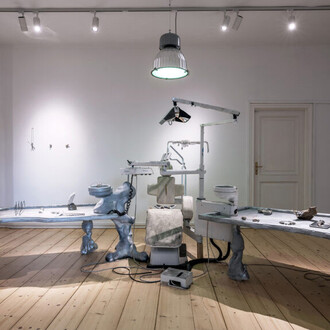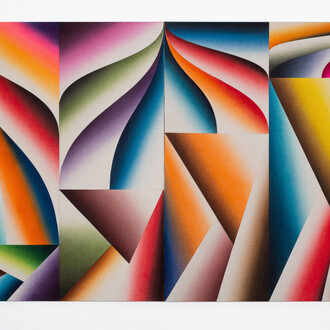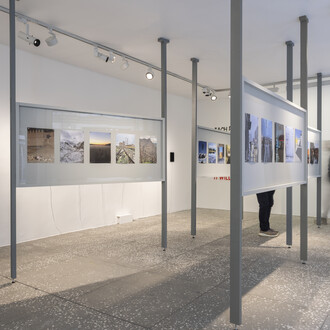Kuie school was situated in Järva-Jaani parish, Kuie commune. The school building was completed in 1887. With the assistance of the founders of the Rocca al Mare school it was relocated and rebuilt in the museum in 1999, and the opening ceremony took place on 1 September 2000. From this day on it's been a home for museum's educational center.
After the commune reform of 1866, when decision-making rights concerning school life were given to farm owners, but manors were to provide the land and materials for building schools, numerous schools were built in Estonia. Kuie commune too felt that the old building constructed in 1842 was not enough anymore. On the territory of Kooli farm premises allocated by the manor (around 20 ha), the commune constructed rather a splendid school building. The standard public facility design recommended in the Russian Empire was followed.
The building had a large class room with 5 windows, a 3-bedroom flat with a kitchen for the schoolmaster, 2 pantries, an entrance hall and a cloakroom. In the yard there were the schoolmaster’s cattle-shed combined with a storehouse, a shed and the latrine. Apparently, starting from the autumn of 1878 the classroom had 6 long tables, and 5-6 children could fit on a long bench at each table. In most there were around 60 pupils aged 10–17 whereas the number of boys and girls would be more or less the same. Half of the children went to school every day (10–13 years old). Older teenagers were considered to be revising the school subjects and until Confirmation would go to school every now and then to refresh their knowledge.
A child went to school for 2 and later 3 winters, approximately from 15 October to 15 April (so-called ‘young shepherds’ school’). The subjects included religious instruction, reading in Estonian, writing, reckoning, choir singing, and later the Russian language and geography were added. Starting with 1892 all subjects except for religious instruction were taught in Russian, and 3rd grade students were to speak Russian during recess.
Throughout its history, Kuie school had three schoolmasters: Hans Uuslail in the old school, Jüri Saarmo starting in 1878 in the new one, and Jaan Jaam in 1888–1923. Jaan Jaam was held in high regard as a schoolmaster and respected by the locals. Until 1892 he was also the commune clerk. Later he was the tenant of Kooli farm and bought it in 1930. Jaan Jaam’s daughter, teacher Vanda Jaam (1902–1996) visited the Estonian Open Air Museum in 1980 and it occurred to her that she could offer her home as a school house to the museum, which she later did.
















